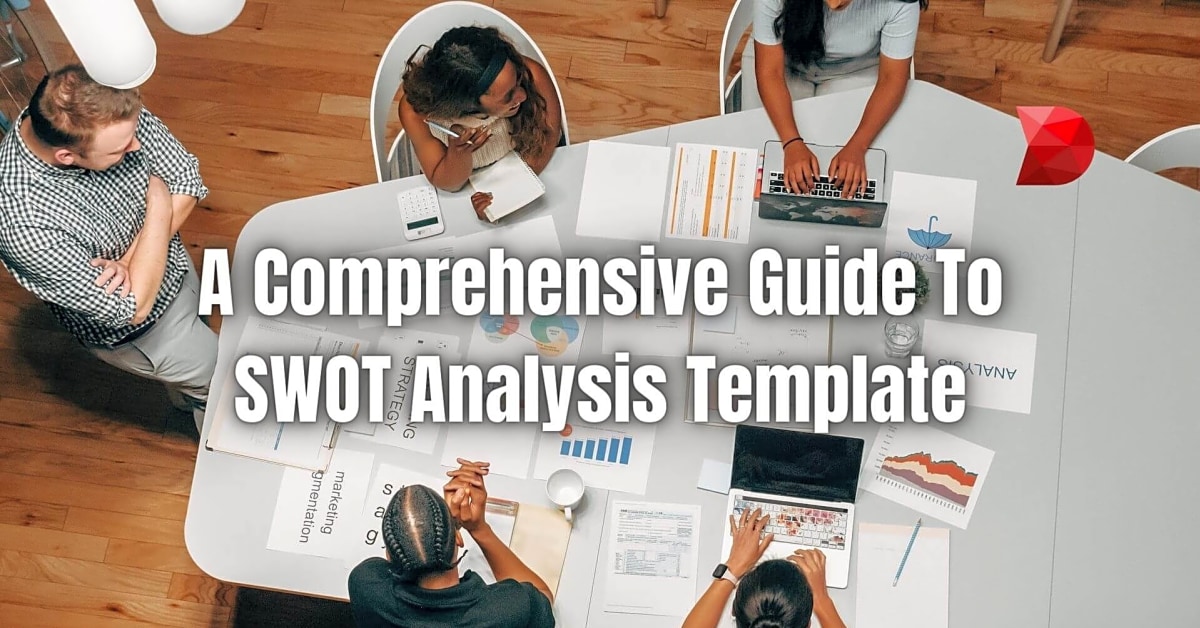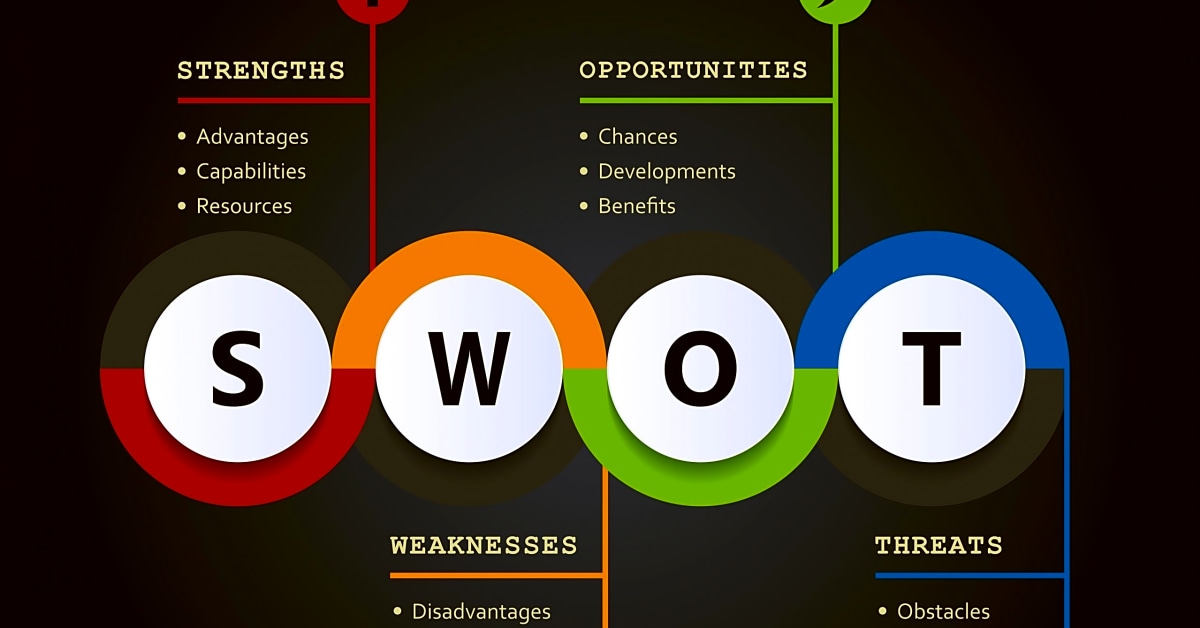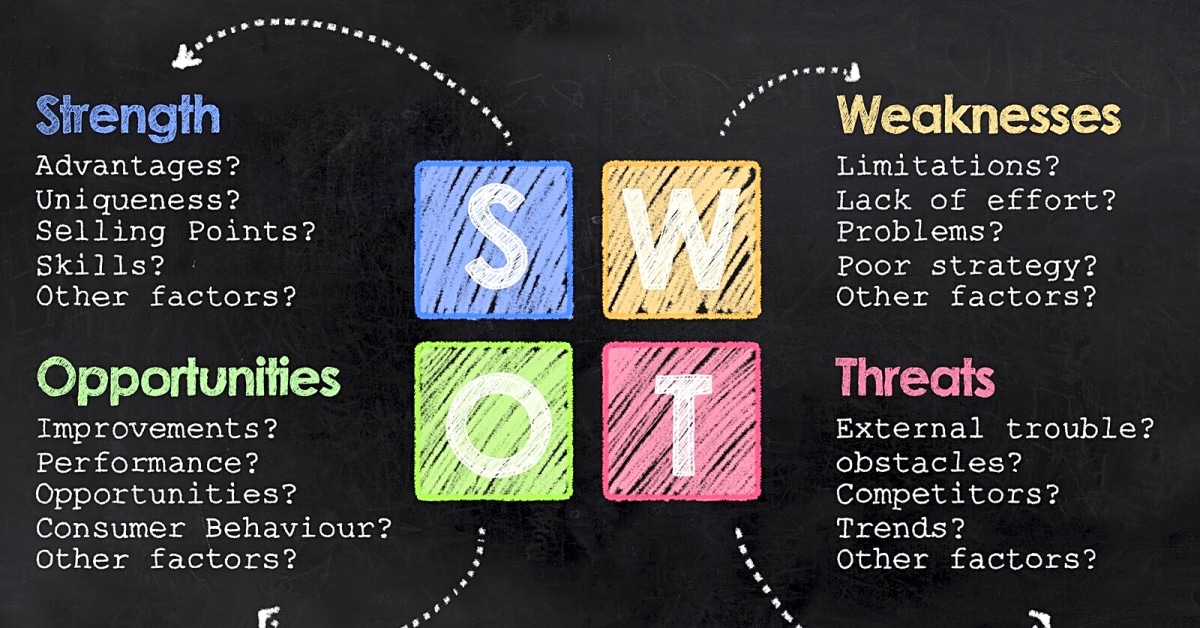In the world of business, it is essential to have a deep understanding of your company’s strengths, weaknesses, opportunities, and threats. This is where SWOT analysis comes into play. SWOT, which stands for Strengths, Weaknesses, Opportunities, and Threats, is a strategic planning tool used to evaluate the internal and external factors that can impact a business. While strengths and opportunities are often seen as positive aspects of a company, weaknesses are often viewed in a negative light. However, weaknesses can actually provide valuable insights for businesses looking to improve and grow. In this article, we will delve into the concept of weaknesses in SWOT analysis, exploring what they are, how to identify them, and how to use them to your advantage. So, if you’re ready to learn all there is to know about weaknesses in SWOT analysis, keep reading!To begin, let’s define what a weakness is in the context of SWOT analysis. A weakness is an internal factor that hinders the success of a business or individual. It can include things like lack of resources, skills, or competitive advantages. To effectively identify weaknesses, it is important to conduct an honest self-assessment and gather feedback from others. One helpful tool for this is the 360-degree feedback method, which involves collecting feedback from various sources such as colleagues, managers, and customers. Another approach is to use a SWOT analysis template specifically designed for identifying weaknesses. When conducting a SWOT analysis, it is crucial to identify and address all four components – strengths, weaknesses, opportunities, and threats. However, many people struggle with understanding and addressing weaknesses. In this article, we will dive deep into the concept of weaknesses in SWOT analysis and provide tips and examples for effective analysis.
Conclusion
In conclusion, weaknesses are an integral part of SWOT analysis and should not be overlooked. By conducting an honest self-assessment, utilizing feedback from others, and prioritizing effective strategies, weaknesses can be identified and addressed to improve overall success.
Addressing Weaknesses
Once you have identified weaknesses in your SWOT analysis, it is important to address them effectively. This can include strategies such as investing in training and development programs, updating technology systems, or hiring experienced leaders. It is also important to prioritize which weaknesses are most critical to address first based on their potential impact on the business or individual.
Examples of Weaknesses
When conducting a SWOT analysis, it is crucial to identify and address all four components – strengths, weaknesses, opportunities, and threats. However, many people struggle with understanding and addressing weaknesses. In this article, we will dive deep into the concept of weaknesses in SWOT analysis and provide tips and examples for effective analysis.
Some common examples of weaknesses in SWOT analysis include poor financial management, outdated technology, inexperienced leadership, and limited market reach.
Overcoming Challenges
One challenge that many people face when addressing weaknesses in SWOT analysis is being too self-critical. It is important to remember that everyone has weaknesses and they can be improved upon. Another challenge is overlooking potential strengths that can be leveraged to overcome weaknesses. For example, an individual with a weakness in public speaking can utilize their strengths in writing to communicate effectively.
Remember, a SWOT analysis is only effective if all four components are thoroughly analyzed and addressed. By understanding and addressing weaknesses, businesses and individuals can improve their chances of success.



